JOB GROWTH
입력 2019.05.16 (15:04)
수정 2019.05.16 (16:46)
읽어주기 기능은 크롬기반의
브라우저에서만 사용하실 수 있습니다.
[Anchor Lead]
Early this year, Korea's job market added more than 200,000 jobs for two consecutive days, prompting President Moon Jae-in to express hope that the job growth target of 200,000 people would be feasible this year. However, last month the job market growth posted fewer than 200,000 jobs, meaning the employment situation in the private sector remains tough. We have the details.
[Pkg]
The nation's job market added 171,000 jobs in April compared with the corresponding period a year ago. Job growth slowed down after recording more than 200,000 new jobs for two consecutive months. The number of jobs surged in the sectors that have been receiving government help in terms of senior jobs. However, the employment situation in the private sector has deteriorated. The retail and wholesale sectors, which showed improvement early this year, have suffered a severe blow because of a decline in consumption. The number of new jobs in the manufacturing sector has been on decline for 13 consecutive months, while the construction sector has recorded the largest decrease in jobs in two years and ten months. With the number of the unemployed surpassing 1.2 million people, the nation's unemployment rate reached 4.4 percent, the highest in 19 years for the month of April. One of the factors behind the soaring unemployment rate is the fact that more people were temporarily included in the number of the unemployed last month due to public service exams and projects aimed at creating senior jobs.
[Soundbite] CHUNG DONG-WOOK(STATISTICS KOREA) : "When the number of the unemployed in age groups with a small working population increases even slightly, the surge in the overall unemployment rate appears significant."
But it's not just short-term factors that should be blamed for the deteriorating situation in the job market, as the employment rate that reflects a population decrease has also plummeted. A quite notable decrease has been recorded among workers in their 40s, who mostly have jobs in the manufacturing, retail and wholesale sectors.
[Soundbite] HONG NAM-KI(DEPUTY PRIME MINISTER) : "Job creation through private investment is urgent, because the number of working people in their 30s and 40s has contracted."
Although an increase in the number of young workers is a positive sign, the perceived unemployment rate remains the highest ever in the nation.
Early this year, Korea's job market added more than 200,000 jobs for two consecutive days, prompting President Moon Jae-in to express hope that the job growth target of 200,000 people would be feasible this year. However, last month the job market growth posted fewer than 200,000 jobs, meaning the employment situation in the private sector remains tough. We have the details.
[Pkg]
The nation's job market added 171,000 jobs in April compared with the corresponding period a year ago. Job growth slowed down after recording more than 200,000 new jobs for two consecutive months. The number of jobs surged in the sectors that have been receiving government help in terms of senior jobs. However, the employment situation in the private sector has deteriorated. The retail and wholesale sectors, which showed improvement early this year, have suffered a severe blow because of a decline in consumption. The number of new jobs in the manufacturing sector has been on decline for 13 consecutive months, while the construction sector has recorded the largest decrease in jobs in two years and ten months. With the number of the unemployed surpassing 1.2 million people, the nation's unemployment rate reached 4.4 percent, the highest in 19 years for the month of April. One of the factors behind the soaring unemployment rate is the fact that more people were temporarily included in the number of the unemployed last month due to public service exams and projects aimed at creating senior jobs.
[Soundbite] CHUNG DONG-WOOK(STATISTICS KOREA) : "When the number of the unemployed in age groups with a small working population increases even slightly, the surge in the overall unemployment rate appears significant."
But it's not just short-term factors that should be blamed for the deteriorating situation in the job market, as the employment rate that reflects a population decrease has also plummeted. A quite notable decrease has been recorded among workers in their 40s, who mostly have jobs in the manufacturing, retail and wholesale sectors.
[Soundbite] HONG NAM-KI(DEPUTY PRIME MINISTER) : "Job creation through private investment is urgent, because the number of working people in their 30s and 40s has contracted."
Although an increase in the number of young workers is a positive sign, the perceived unemployment rate remains the highest ever in the nation.
■ 제보하기
▷ 카카오톡 : 'KBS제보' 검색, 채널 추가
▷ 전화 : 02-781-1234, 4444
▷ 이메일 : kbs1234@kbs.co.kr
▷ 유튜브, 네이버, 카카오에서도 KBS뉴스를 구독해주세요!
- JOB GROWTH
-
- 입력 2019-05-16 15:19:28
- 수정2019-05-16 16:46:44
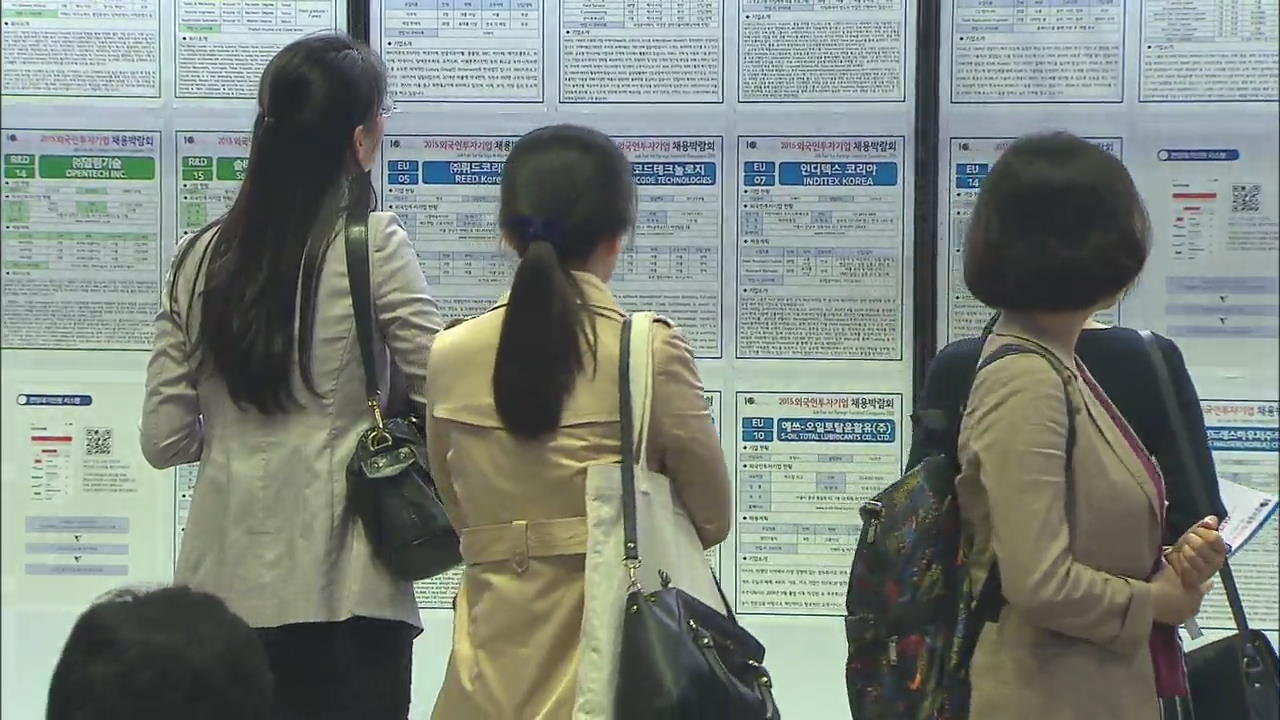
[Anchor Lead]
Early this year, Korea's job market added more than 200,000 jobs for two consecutive days, prompting President Moon Jae-in to express hope that the job growth target of 200,000 people would be feasible this year. However, last month the job market growth posted fewer than 200,000 jobs, meaning the employment situation in the private sector remains tough. We have the details.
[Pkg]
The nation's job market added 171,000 jobs in April compared with the corresponding period a year ago. Job growth slowed down after recording more than 200,000 new jobs for two consecutive months. The number of jobs surged in the sectors that have been receiving government help in terms of senior jobs. However, the employment situation in the private sector has deteriorated. The retail and wholesale sectors, which showed improvement early this year, have suffered a severe blow because of a decline in consumption. The number of new jobs in the manufacturing sector has been on decline for 13 consecutive months, while the construction sector has recorded the largest decrease in jobs in two years and ten months. With the number of the unemployed surpassing 1.2 million people, the nation's unemployment rate reached 4.4 percent, the highest in 19 years for the month of April. One of the factors behind the soaring unemployment rate is the fact that more people were temporarily included in the number of the unemployed last month due to public service exams and projects aimed at creating senior jobs.
[Soundbite] CHUNG DONG-WOOK(STATISTICS KOREA) : "When the number of the unemployed in age groups with a small working population increases even slightly, the surge in the overall unemployment rate appears significant."
But it's not just short-term factors that should be blamed for the deteriorating situation in the job market, as the employment rate that reflects a population decrease has also plummeted. A quite notable decrease has been recorded among workers in their 40s, who mostly have jobs in the manufacturing, retail and wholesale sectors.
[Soundbite] HONG NAM-KI(DEPUTY PRIME MINISTER) : "Job creation through private investment is urgent, because the number of working people in their 30s and 40s has contracted."
Although an increase in the number of young workers is a positive sign, the perceived unemployment rate remains the highest ever in the nation.
Early this year, Korea's job market added more than 200,000 jobs for two consecutive days, prompting President Moon Jae-in to express hope that the job growth target of 200,000 people would be feasible this year. However, last month the job market growth posted fewer than 200,000 jobs, meaning the employment situation in the private sector remains tough. We have the details.
[Pkg]
The nation's job market added 171,000 jobs in April compared with the corresponding period a year ago. Job growth slowed down after recording more than 200,000 new jobs for two consecutive months. The number of jobs surged in the sectors that have been receiving government help in terms of senior jobs. However, the employment situation in the private sector has deteriorated. The retail and wholesale sectors, which showed improvement early this year, have suffered a severe blow because of a decline in consumption. The number of new jobs in the manufacturing sector has been on decline for 13 consecutive months, while the construction sector has recorded the largest decrease in jobs in two years and ten months. With the number of the unemployed surpassing 1.2 million people, the nation's unemployment rate reached 4.4 percent, the highest in 19 years for the month of April. One of the factors behind the soaring unemployment rate is the fact that more people were temporarily included in the number of the unemployed last month due to public service exams and projects aimed at creating senior jobs.
[Soundbite] CHUNG DONG-WOOK(STATISTICS KOREA) : "When the number of the unemployed in age groups with a small working population increases even slightly, the surge in the overall unemployment rate appears significant."
But it's not just short-term factors that should be blamed for the deteriorating situation in the job market, as the employment rate that reflects a population decrease has also plummeted. A quite notable decrease has been recorded among workers in their 40s, who mostly have jobs in the manufacturing, retail and wholesale sectors.
[Soundbite] HONG NAM-KI(DEPUTY PRIME MINISTER) : "Job creation through private investment is urgent, because the number of working people in their 30s and 40s has contracted."
Although an increase in the number of young workers is a positive sign, the perceived unemployment rate remains the highest ever in the nation.
이 기사가 좋으셨다면
-
좋아요
0
-
응원해요
0
-
후속 원해요
0












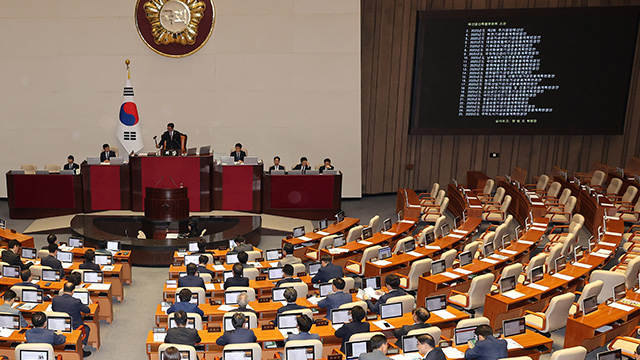
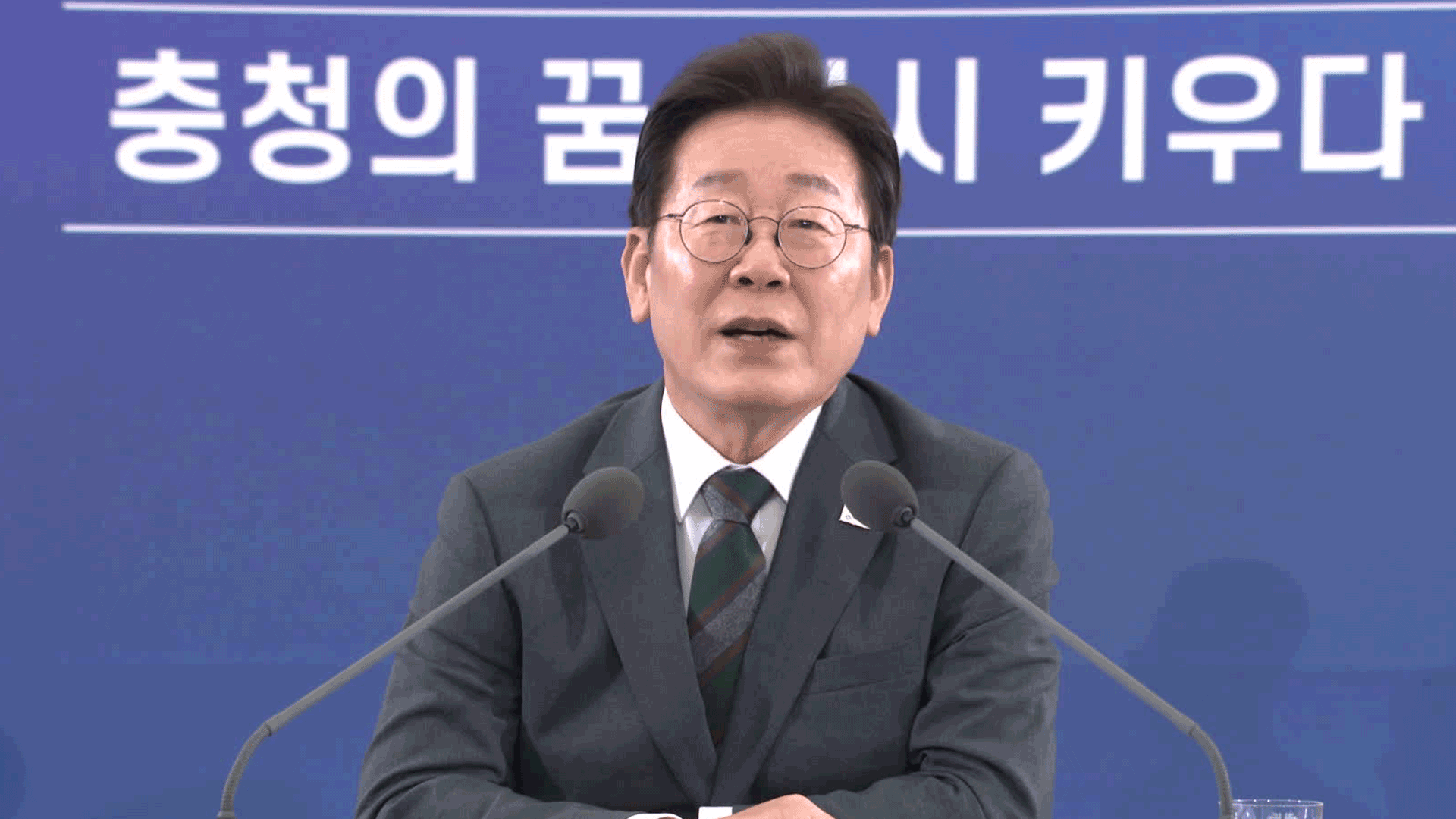
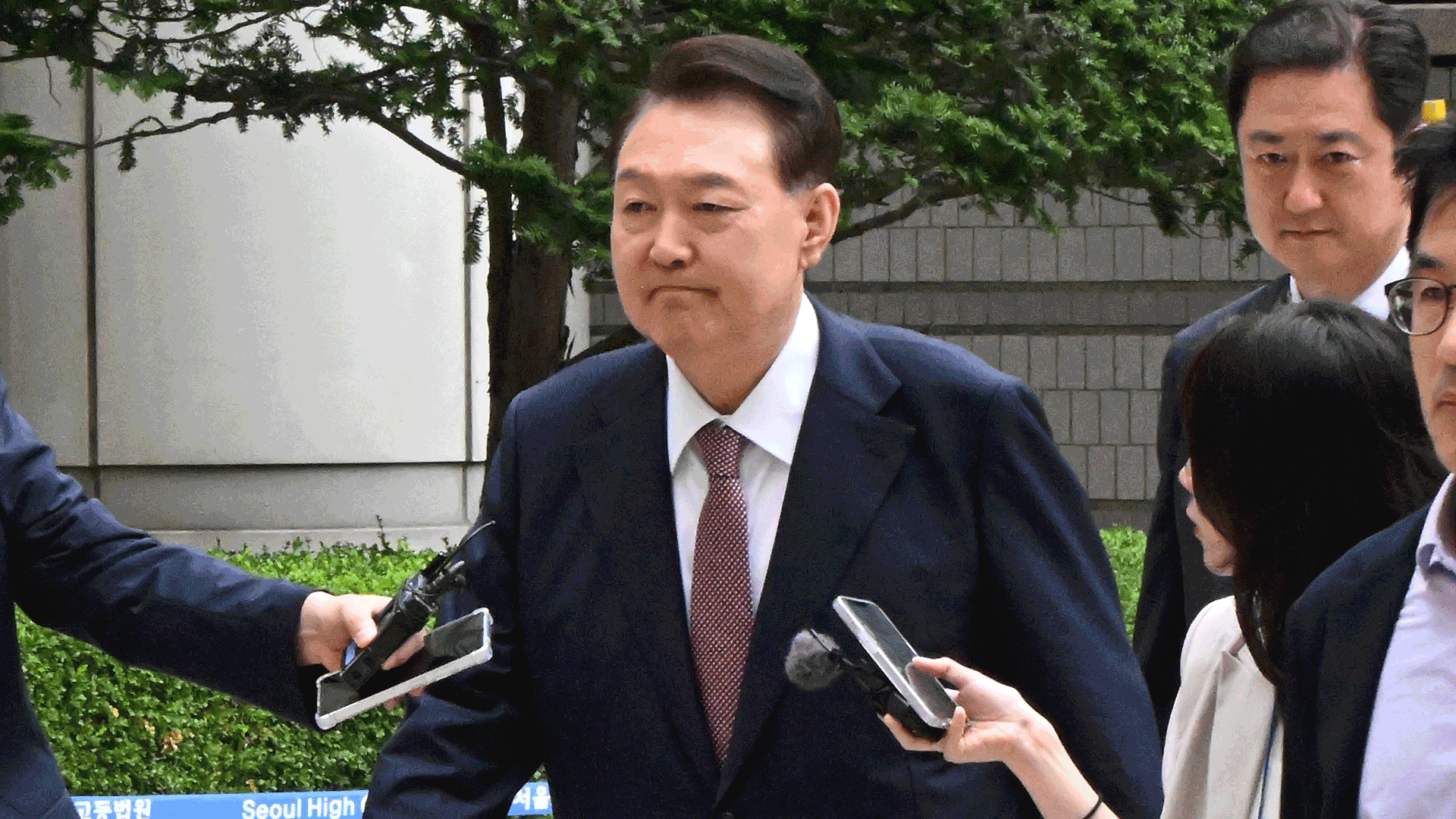
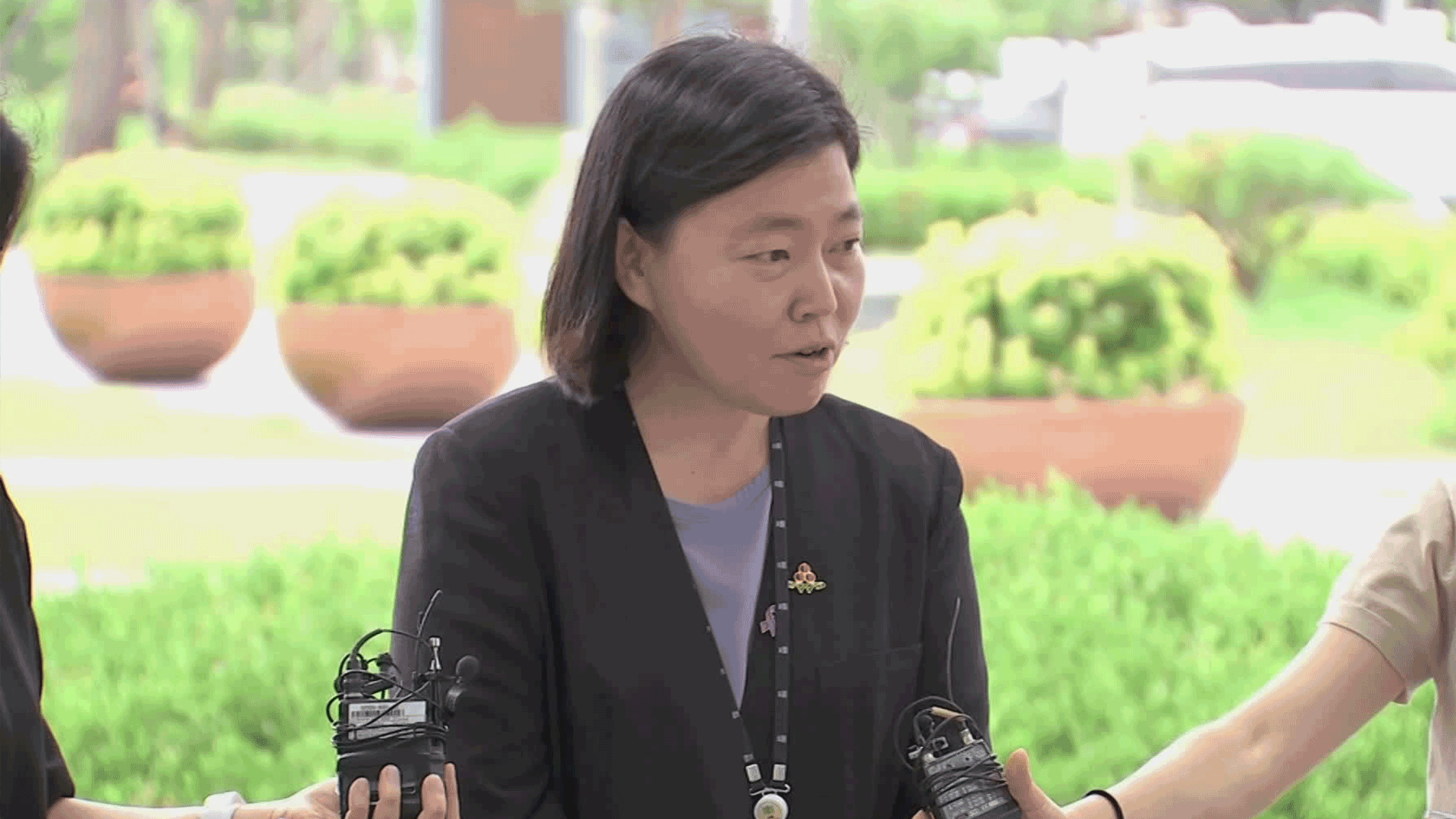

이 기사에 대한 의견을 남겨주세요.